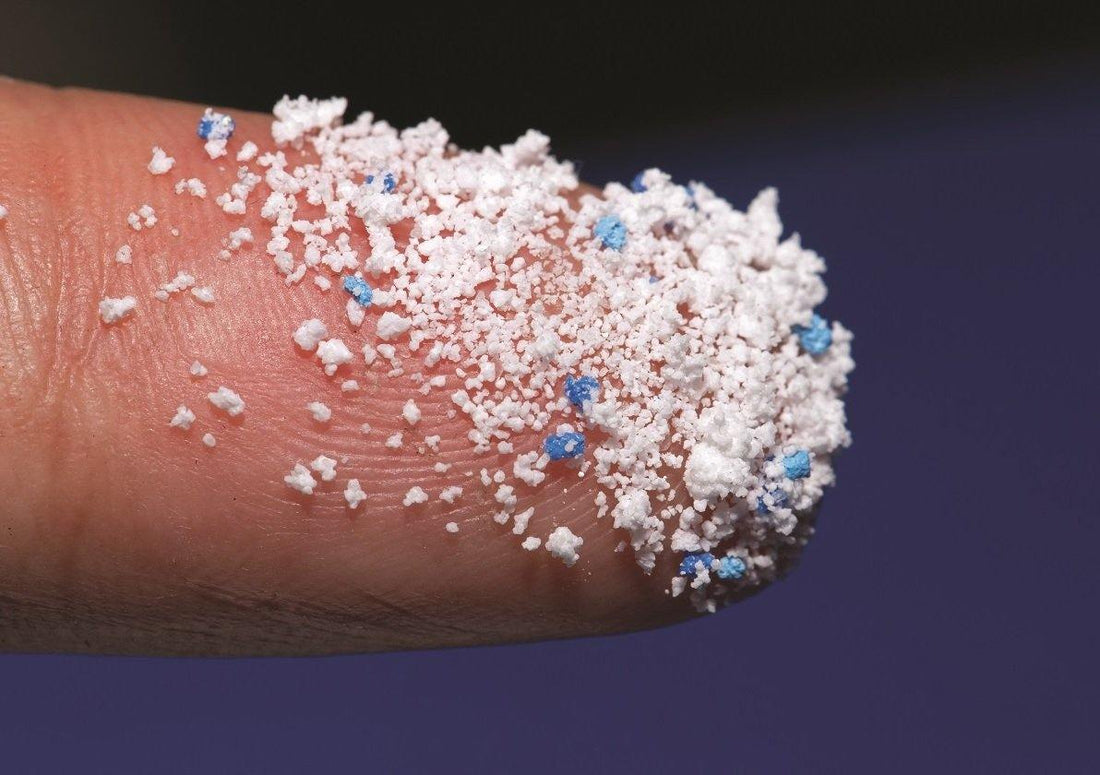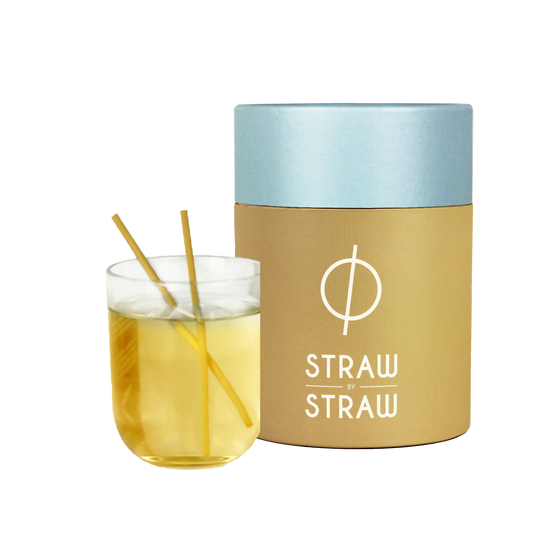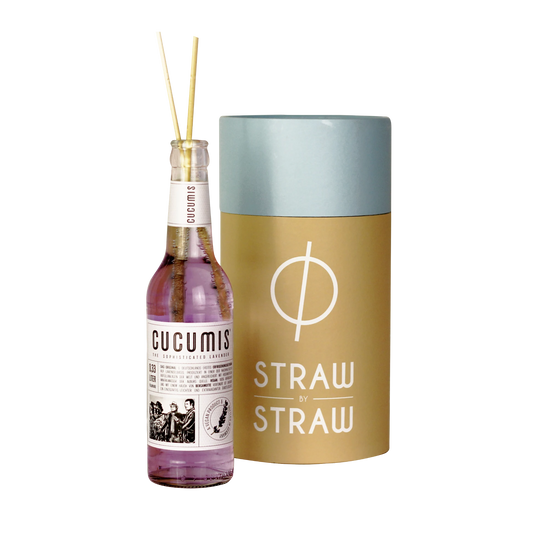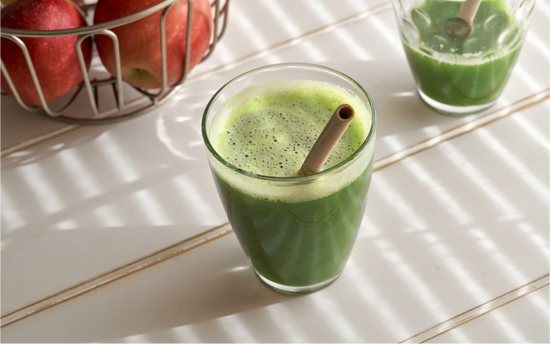Microplastics are present in the air and water, entering our food system through these routes and via animals that accidentally consume them. A study by researcher Margherite Ferrante unfortunately shows that microplastics are also found in our vegetables and fruits (most commonly in apples and carrots). The effects of plastics in our bodies are not yet known.
The University of Leiden has discovered that microplastics penetrate the roots of lettuce and wheat plants, after which they end up in the edible, above-ground parts of the crops. "For decades, scientists believed that plastic particles were too large to penetrate undamaged plant tissue. But this new research challenges this idea." Root vegetables such as carrots, radishes, turnips, and leafy greens like lettuce appear to be the most vulnerable to contamination with microplastics.
How do these plastic particles end up in our food system?
Plastic films are used in cultivation, which end up in agricultural soil and slowly break down. Over the course of decades, small particles are released into the environment.
What are micro- and nanoplastics?
Plastic in the environment slowly breaks down into small pieces. Microplastic: 0.5 - 5 mm. Nanoplastics are even smaller, 1000 times smaller than an algae cell, and therefore often not visible even under a microscope.
What do microplastics mean for our health?
At present, little is known about what microplastics do to our health when they enter our bodies. However, we do know that we are exposed daily to plastic and the chemicals added to it in various ways. The Plastic Health Coalition is researching this.
What can we do about this?
Little is known about the effect of plastic on the human body. The Plastic Health Coalition is researching this. If you want to contribute to these studies, you can support them here.








